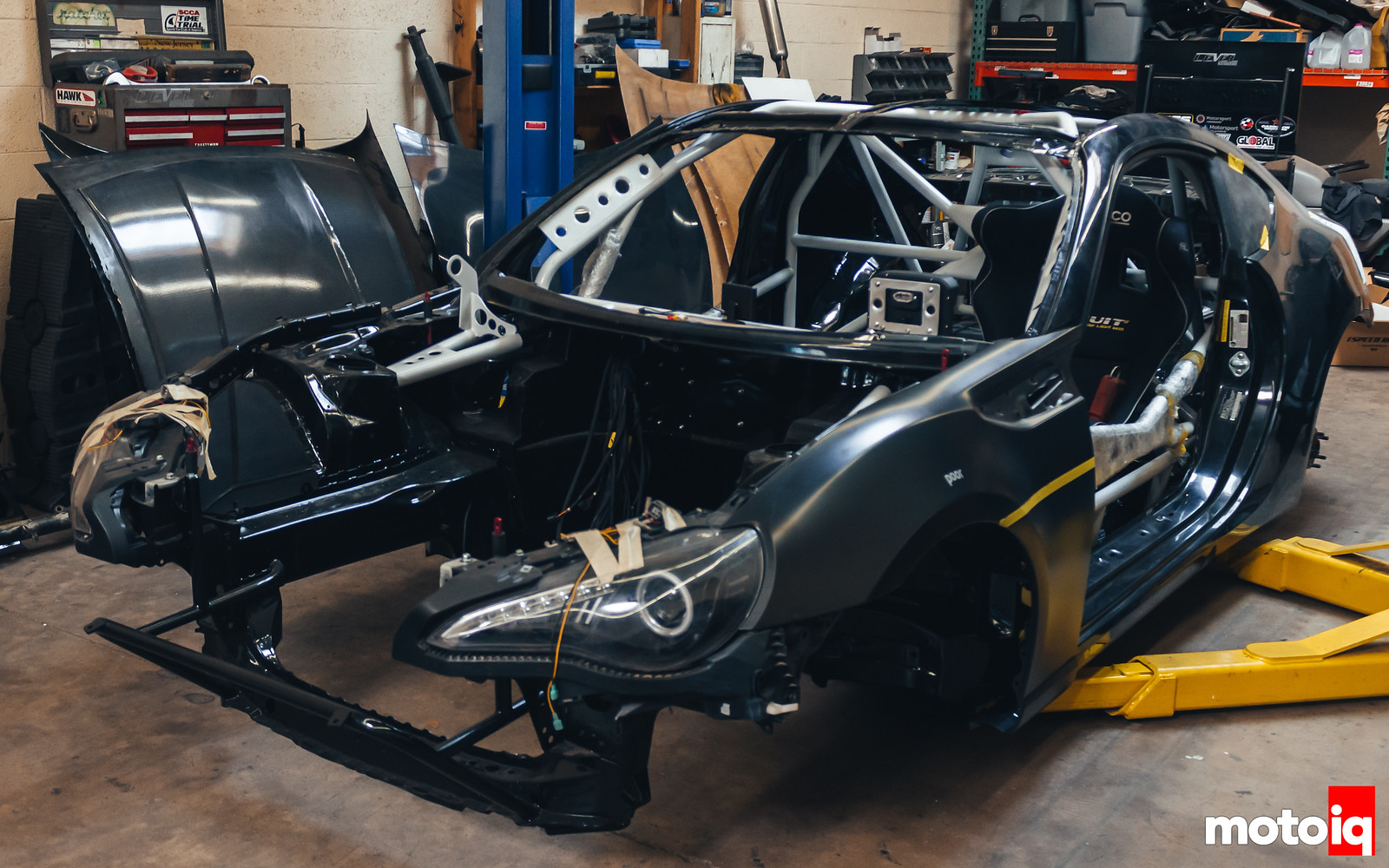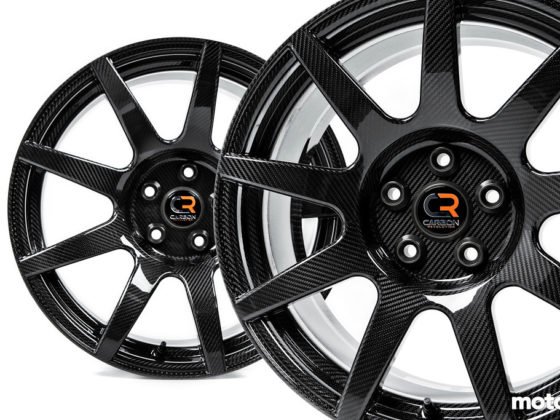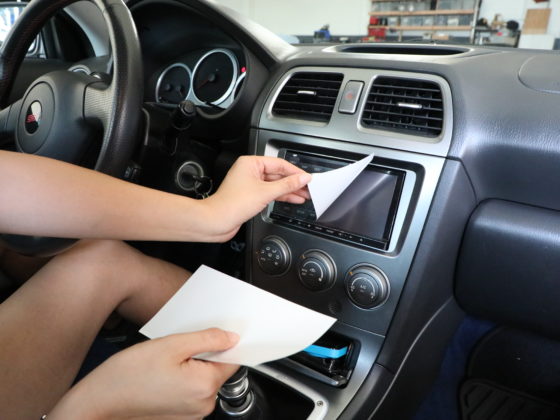
The Toyota 86 (FR-S or BRZ) does everything quite well, right up until the moment you mash the throttle. The chassis would make an amazing race car, but something has to be done about its OE powerplant. Enter Rocco Bocchicchio of Level Motorsports who owns the S50 powered E30 BMW Time Attack car we’ve been long time admirers of. Rocco is the real deal. He can fabricate with the best in the industry and his attention to detail is a big part of his success. So when Rocco approached us about teaming up on his latest creation, we could not pass up the chance of being able to document the process. Rocco wanted to build a new chassis to compete in as the E30 was far from being a contemporary piece. He wanted something with modern suspension and with more sponsorship potential, a Toyota 86 for the Rear Wheel Drive Unlimited Time Attack Class.
Rocco is taking an unusual turn in building the car, instead of the usually forced induction FA engine or even a 2JZ swap, Rocco is instead using the BMW S50 engine from his E30 to power the 86! The main reason is that the S50 has a lot of power potential, is bulletproof and has been developed by Rocco to be a proven part of the equation. Let us look at Rocco’s first steps in building the 86 from scratch and using some stuff by obp Motorsport and Fuelsafe.

Our donor car was one that was bought cheap out of state as a flood-damaged car. Since it was only going to be used for the shell and parts, this was not an issue. Rocco first built a dolly to hold the car while it was being built.

Building a race car with true race parts is really the way to go. Instead of having the factory hydraulic system with its ABS and electronic proportioning, all of which would not be working in this car since it would not have the factory ECU and wire harness, a true racing brake system with a pedal box and a bias bar is by far the best option.
An obp Motorsport Pro-Race V2 floor mounted pedal system was selected. This is a great part for the price. The pedal box sits in a stiff mild steel cradle chassis with aircraft grade aluminum pedals. The pedals activate Alcon master cylinders and have an adjustable pedal ratio from 4.9:1 to 5.24:1. The pedal pads are adjustable in up and down directions as well as side to side.




10 comments
I’m curious as to what type of racing class this will be entered into. I’m not too knowledgeable about all of the classes and series, specifically the ones that would allow an engine swap of this nature. That being said, I’m excited to see how this turns out. We all know the stock engine (even boosted) isn’t the best for power, but the chassis is very well balanced and highly tunable.
Unlimited RWD is the class. Go to the GTA website and see the rules.
Jeffrey, They are entering in multiple Hill Climb events & Global Time Attack “unlimited” class. The chosen motor is about the same weight as the stock one, but with more potential & reliability at a much higher HP level.
M50 is probably a hundred pounds over the FA20, trans probably a bit more too, and it’s definitely longer and taller but power does talk. I’d suspect most of it is really about having an M50 developed rather than it being the best decision if there were a blank slate.
A lot of nice fab work on this car; always fun to see stuff like that.
The FA20 motor and trans weights 480 according to the internet. M50 with trans is about 400 . THe inline bmw motors are pretty light
I’m seeing 430 pounds for an M50 longblock. Vorshlag has weighed both the FA20 and the M20, both with trans at 20 pounds more for the M20, and I’m seeing references to the M20 being about 20 pounds lighter than the M50.
Like I said, not a huge difference but it’s definitely not in favor of the iron block I6.
Try using dry ice when removing the sound deadening. It breaks off in chunks instead of having to scrape goo off the floors.
I think you skipped over a key detail that is evident in some of the pictures. The roof skin was removed so that the top parts of the roll-cage could be fully welded. Apologies if i missed that detail somewhere but i have seen a few different cage builders do it different (like cutting holes in the floor to drop the a pillar bars and tip the cage forward to access the top) and i think that pulling the roof-skin is the most efficient way of doing it.
There is another reason that we will cover later .
Is there a reason why the a pillar bar has such a huge gap? Ive been in cars like that and the bind spot it creates is horrible. It seems like there are also alot of dead tubes that could have easily been placed on the same plane or triangulated to others. Is the rule book that strict to where you couldn’t fix that? Or is there a reason for it that im missing